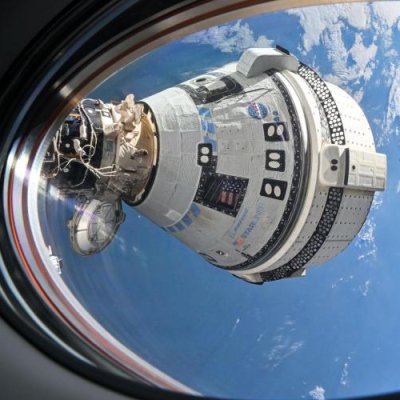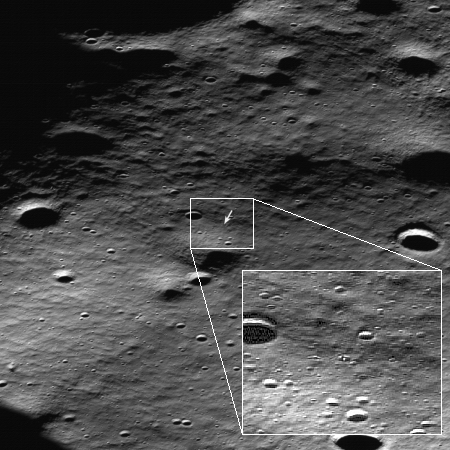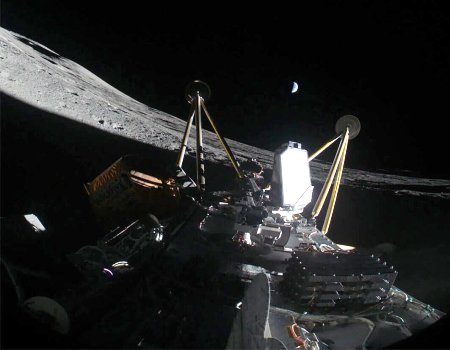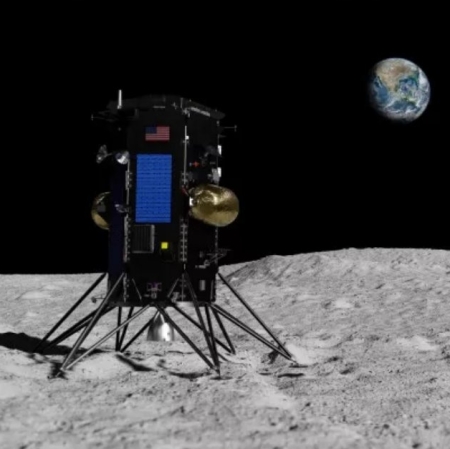The structure of a ringed planetary nebula revealed in the infrared
Cool image time! Using the mid-infrared camera on the Webb Space Telescope, astronomers have been able to image in false colors the ringed structure surrounding a dying star about 1,500 light years away.
The nebula’s two rings are unevenly illuminated in Webb’s observations, appearing more diffuse at bottom left and top right. They also look fuzzy, or textured. “We think the rings are primarily made up of very small dust grains,” Ressler said. “When those grains are hit by ultraviolet light from the white dwarf star, they heat up ever so slightly, which we think makes them just warm enough to be detected by Webb in mid-infrared light.”
In addition to dust, the telescope also revealed oxygen in its clumpy pink center, particularly at the edges of the bubbles or holes.
NGC 1514 is also notable for what is absent. Carbon and more complex versions of it, smoke-like material known as polycyclic aromatic hydrocarbons, are common in planetary nebulae (expanding shells of glowing gas expelled by stars late in their lives). Neither were detected in NGC 1514. More complex molecules might not have had time to form due to the orbit of the two central stars, which mixed up the ejected material.
Though this false-color image of a planetary nebular is hardly ground-breaking (Hubble has been producing such pictures for decades), Webb’s better infrared data, in higher resolution, will help astronomers untangle the nebula’s complex geography. It remains however a question whether the improved capabilities of Webb were worth its $10 billion-plus cost. For that money NASA could have built and launched many different astronomical missions in the past two decades, many of which would have been able to match this data for far less.
Cool image time! Using the mid-infrared camera on the Webb Space Telescope, astronomers have been able to image in false colors the ringed structure surrounding a dying star about 1,500 light years away.
The nebula’s two rings are unevenly illuminated in Webb’s observations, appearing more diffuse at bottom left and top right. They also look fuzzy, or textured. “We think the rings are primarily made up of very small dust grains,” Ressler said. “When those grains are hit by ultraviolet light from the white dwarf star, they heat up ever so slightly, which we think makes them just warm enough to be detected by Webb in mid-infrared light.”
In addition to dust, the telescope also revealed oxygen in its clumpy pink center, particularly at the edges of the bubbles or holes.
NGC 1514 is also notable for what is absent. Carbon and more complex versions of it, smoke-like material known as polycyclic aromatic hydrocarbons, are common in planetary nebulae (expanding shells of glowing gas expelled by stars late in their lives). Neither were detected in NGC 1514. More complex molecules might not have had time to form due to the orbit of the two central stars, which mixed up the ejected material.
Though this false-color image of a planetary nebular is hardly ground-breaking (Hubble has been producing such pictures for decades), Webb’s better infrared data, in higher resolution, will help astronomers untangle the nebula’s complex geography. It remains however a question whether the improved capabilities of Webb were worth its $10 billion-plus cost. For that money NASA could have built and launched many different astronomical missions in the past two decades, many of which would have been able to match this data for far less.













